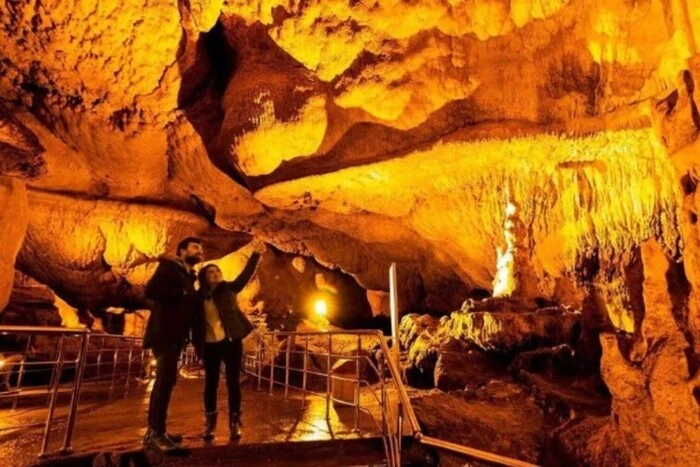The Turkish cave has become a new "magnet" for tourists: what is its peculiarity.


In the northern Turkish province of Tokat, the Balidja cave, known as the Honey cave, has attracted tourists this year with its natural beauties. Stalactites and stalagmites have enchanted thousands of visitors who came to see this unique natural monument, reports Euronews.
This cave was formed as a result of the dissolution of karst limestone over many thousands of years. During this Time, it has expanded both vertically and horizontally. Scientists continue to study this active geological formation, which is still evolving.
According to the material, «the Balidja cave in Turkey was estimated to be about 3.5 million years old, but the general public began to learn about it only recently after it was included in the UNESCO World Heritage list. Only in 2024, it was visited by 90 thousand people»
The cave was first discovered in 1993, and just a year later, a plan for tourists was developed. The internal climate of the cave is special, with a temperature ranging from 17°C to 24°C and air saturated with oxygen, which is beneficial for people with lung problems. The length of the cave is 68 meters.
In addition, in the Turkish city of Antalya, a group of enthusiasts who swim in the sea all year round met the year 2025 on Konyaalti beach.
Read also
- Air Defense Instead of Fireworks: Moscow Fortified Before the Parade
- Ukraine and Czech Republic to Create F-16 Pilot School
- Russia struck with drones and missiles on Konotop: there are destructions
- How to properly abbreviate Olexandrs in Ukrainian? Explanation from a linguist
- A gas explosion occurred in a high-rise building in Moscow: there are casualties (video)
- The collaborator surprised with a statement about food in the colony










